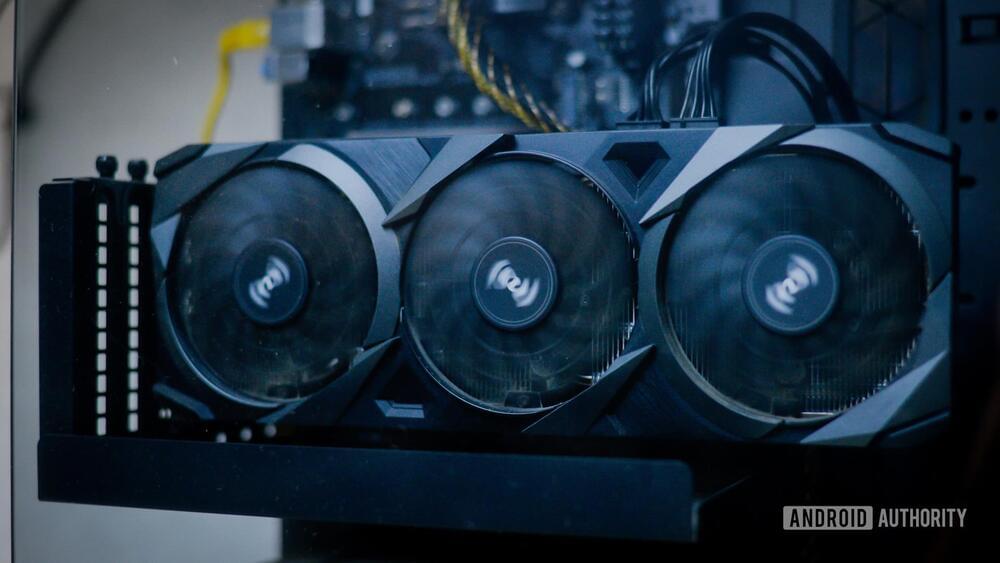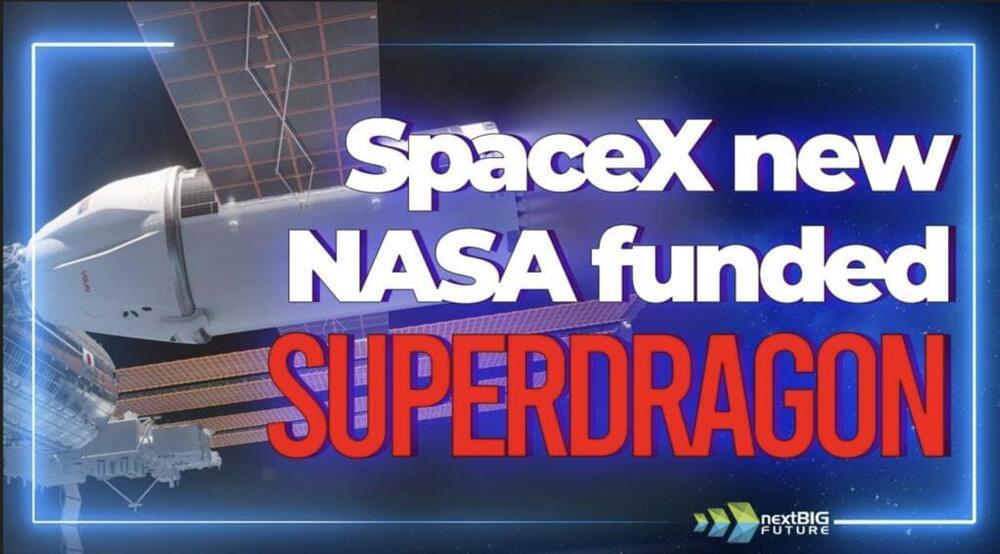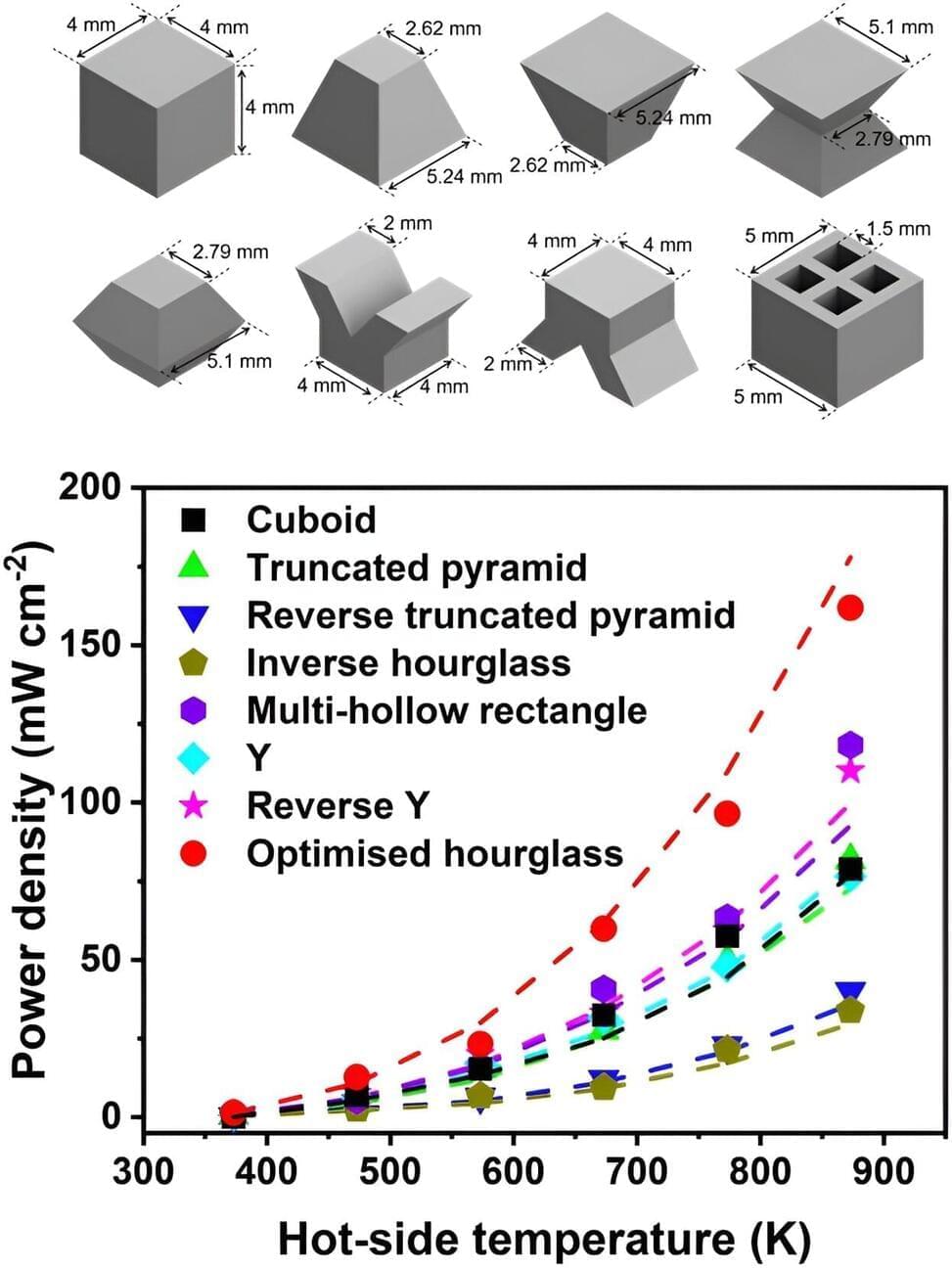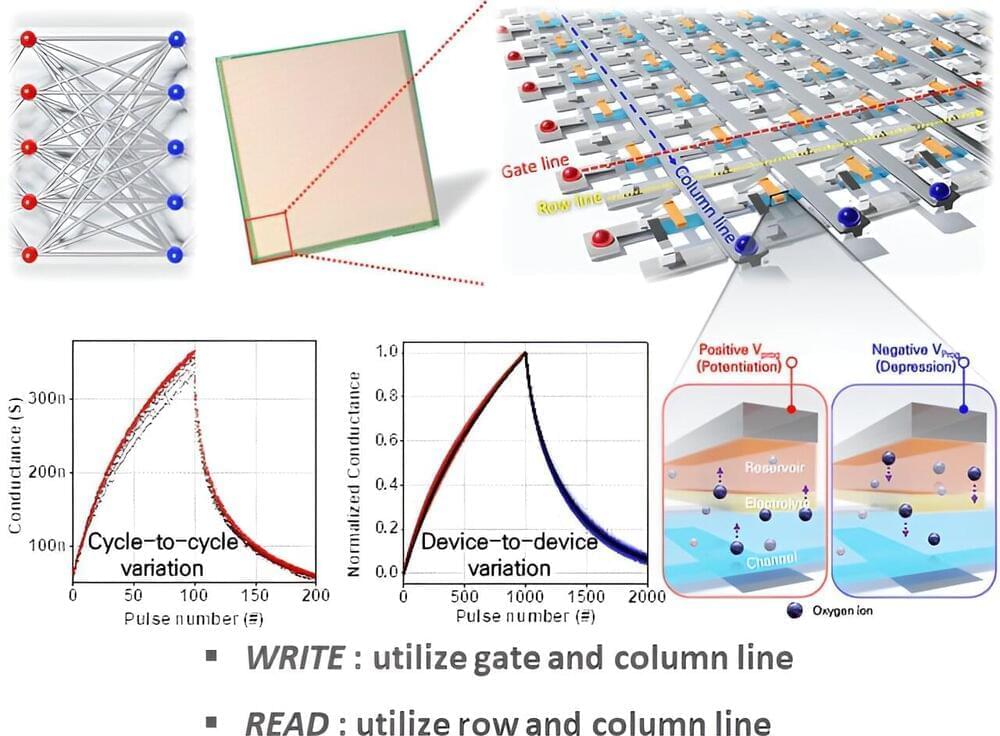ChatGPT and other AIs consume as much energy as thousands of US households, and demand is only set to rise, but it’s a fraction of other tech.



NASA awarded SpaceX a contract for $843 million to make a giant version of the Dragon Spacecraft to de-orbit the Space Station. It will use 47 Draco engines instead of the 16 on the Crew dragon. It will four times the thrust and six times the propellant. If there was ever a mission to move something as heavy as the space station to a higher orbit from low earth orbit then even more propellant would be needed. Three times the engines for four times the thrust indicates a 33% improvement in thrust for each engine.
SpaceX and NASA could choose to make larger crew Dragons. The Crew Dragon can hold up to seven people but it currently has only moved up to four astronauts. An orbital or Cis-lunar tug with more engines could be built to transport many dozens of people.
The architecture and systems used in Crew Dragon have been designed and tested for higher levels of safety.

In recent years, engineers and scientists worldwide have been working on new technologies for generating electricity from renewable energy sources, including photovoltaics (PVs), wind turbines and hydro-power generators. An alternative solution for mitigating the impact of climate change could be to convert the excess or waste heat generated by industries, households and hot natural environments into electricity.
This approach, known as thermoelectric power generation, relies on the use of materials with valuable thermoelectric properties. Specifically, when these materials are exposed to particularly high temperatures on one side and colder ones on the other, electrons within them start to flow from the hot side to the cooler one, which generates electrical potential
While recent works have identified some promising thermoelectric materials, the module performance is unsatisfactory due to the challenges associated with designing and fabricating optimum module structures. This significantly limits their potential real-world integration in thermoelectric modules.
697: The (Short) Path to Artificial General Intelligence — with Dr. Ben Goertzel.
696: Brain-Computer Interfaces and Neural Decoding — with Prof. Bob Knight.
As advances in AI and Machine Learning accelerate, the once-fictional idea of machines gaining Consciousness is becoming a pressing reality. This video explores the potential risks and questions how prepared Hue-BEings are for this new form of Consciousness. From self-driving cars to Intelligent machinery, we delve into the Evolution and implications of AI emulating Hue-BEing interactions. What type of Future will we all Build, Together?
Telomerase gene therapy shows promising potential for treating pulmonary fibrosis and other diseases associated with short telomeres.
Watch the full talk of Maria A Blasco at Longevity Summit Dublin 2024 here https://youtu.be/Gab1xxl8Jio?si=bwjW1gTNr7E0LX90
Dont forget Exclusive entry ticket rates here and Join us at LSD 2025.
https://mailchi.mp/longevitysummitdublin/2025-waitlist.
#MartinO’Dea #Aubreyd Grey #LEVFoundation #hevolution #Rejuve. Bio #Rejuve. AI #Nutrihealth #EnableHealth #RepairBiotechnologies #ACCELERATEDBIOSCIENCESCORP #NADMED #GlycanAge #FáilteIreland #FightingBlindness #FoundersForumGroup #genknowme #HausofSkin #GriffithCollegeDublin
Hollow worlds isaac arthur.
Use code isaacarthur at the link below to get an exclusive 60% off an annual Incogni plan: https://incogni.com/isaacarthur.
Earth is immense, but we only live on a thin shell of its surface. So what if we built a planet with only that thin shell, or with several layers of them?
Join this channel to get access to perks:
/ @isaacarthursfia.
Visit our Website: http://www.isaacarthur.net.
Join Nebula: https://go.nebula.tv/isaacarthur.
Support us on Patreon: / isaacarthur.
Support us on Subscribestar: https://www.subscribestar.com/isaac-a…
Facebook Group: / 1583992725237264
Reddit: / isaacarthur.
Twitter: / isaac_a_arthur on Twitter and RT our future content.
SFIA Discord Server: / discord.
Credits:
Megastructures: Hollow Earth.
Episode 453, June 27, 2024
Written, Narrated \& Produced by: Isaac Arthur.
Graphics:
Apogii.uk.
Jarred Eagley.
Jeremy Jozwik.
Ken York YD Visual.
Sergio Botero.
Steve Bowers.
Music Courtesy of Epidemic Sound Epidemic Sound http://epidemicsound.com/creator.
Lombus,\.
A major new player has entered the race toward endless energy.

A research team has demonstrated that analog hardware using ECRAM devices can maximize the computational performance of artificial intelligence, showcasing its potential for commercialization. Their research has been published in Science Advances.
The rapid advancement of AI technology, including applications like generative AI, has pushed the scalability of existing digital hardware (CPUs, GPUs, ASICs, etc.) to its limits. Consequently, there is active research into analog hardware specialized for AI computation.
Analog hardware adjusts the resistance of semiconductors based on external voltage or current and utilizes a cross-point array structure with vertically crossed memory devices to process AI computation in parallel. Although it offers advantages over digital hardware for specific computational tasks and continuous data processing, meeting the diverse requirements for computational learning and inference remains challenging.
